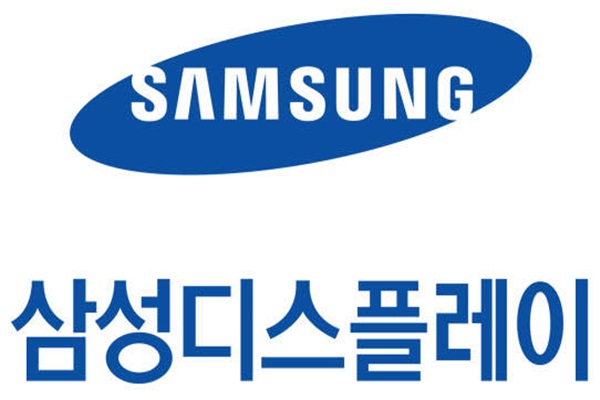Samsung Display and LG Display are quickly expanding percentage of production of OLED176. They are minimizing time and cost that are needed for facility investments by converting previous LCD production lines to OLED production lines and maximizing efficiency of overall production.
Since end of last year, Samsung Display is converting 5th generation L6 line, which produces small and mid-sized IT LCD panels, to OLED176 line that is based on oxide. It is recently examining whether to convert its 7th generation LCD line to OLED line as well. Although some industries believed that there was a high chance that Samsung Display would rather sell L6 and L7 lines, Samsung Display is leaning towards converting previous facilities to OLED lines as of right now to respond to increased demands from markets.
Employees from LCD lines are also quickly being transferred to OLED lines. As Samsung Display had recently carried out 2nd step of investments to its A3 line for production of flexible OLEDs, it transferred employees from previous LCD lines to OLED lines. It is heard that about 1,000 employees that include newly-hired employees and transferred employees are currently working at OLED lines.
It seems that Samsung Display is planning to reduce percentage of LCD-based small and mid-sized IT panel business as it is converting LCD lines that are lower than 8th generation to OLED lines. Samsung Display is looking to expand markets by supplying its OLED panels to fields such as laptops, tablets, monitors, and vehicles where previous OLED panels were not supplied to.
There is a high chance that Samsung Display will push forward the date of entering large-sized OLED markets for TVs. As Vice-Chairman Kwon Oh-hyun of Samsung Electronics is also serving as the CEO of Samsung Display, decisions on technical method of OLEDs for TVs and appropriate timing for investments that had been postponed have begun to take forms.

LG Display is currently converting previous LCD lines to OLED lines for TVs as demands for OLED176 TVs are increasing with China at the center.
LG Display currently holds production capability that can produce 34,000 sheets per month by starting E4 line, which was converted to OLED line from LCD line during second half of last year, as well as current E3 line that produces 8th generation OLED panels. It is planning to secure additional 25,000 8th generation OLED panels starting from second quarter of next year.
LG Display is also planning to gradually convert small and mid-sized IT panel business that is based on LTPS (Low-Temperature Poly-Silicon) LCD to OLED business. LG Display had been supplying LTPS LCD for panels for Smartphones, laptops, and monitors. Although it had been competing with Samsung Display’s AMOLED panels in quality of Smartphones, it is now planning to compete with flexible OLED (plastic OLED) by securing mass-production facilities.
LG Display is predicting that there will be oversupply of LTPS LCDs if flexible OLEDs are began to be supplied to Smartphone markets. It is planning to grasp opportunities in new markets by converting previous LTPS LCD lines to flexible OLED lines sequentially.

LG Display already decided to make additional investments in Gumi for OLED176 for vehicles and lightings. It is likely that LG Display will carry out investments on flexible OLED lines in next year with Paju at the center. Although detailed timing and size are not decided yet, LG Display is also talking about making additional investments on flexible OLED facilities in Paju sometime during next year.
Industries predicted that South Korean display manufacturers will replace previous LCD lines with rigid OLED lines and go after premium markets with flexible OLEDs. Samsung Display already has secured competitive edge in production cost as production cost of its OLED panel is either similar or lower than production cost of LCD.
“If South Korean panel manufacturers want to widen gap with Chinese panel manufacturers that are chasing after them and hold the leadership in OLED industry, it will be effective for them to replace previous LCD markets with OLEDs and go after high-class markets such as premium markets with flexible OLEDs.” said Director Park Jin-hwan of IHS Technology.
Staff Reporter Bae, Okjin | withok@etnews.com